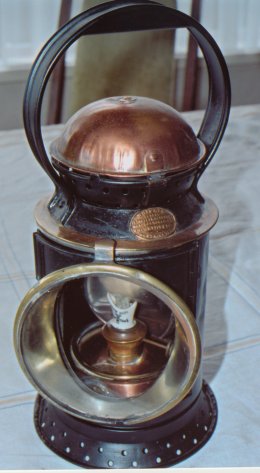The Metcalfe Terraced house kit can be improved with a few extra parts from Wills and lit with some 12v grain of wheat bulbs.
You will need:
- Wills guttering & drainpipes
- Scalescenes curtains and wall pictures
- Scalescenes roads download.
- 12v grain of wheat bulbs
- Copper tape
- Metcalfe cobbled sheet
- 2mm card
- Brick colured chalk pastel
- Grey chalk pastel
- Red and black wire 7/0.2 stranded.
- Dapol station accessories
Make the main walls as per the instructions. the kit comes with extra laser-cut window sills and lintels. use these to add some depth. Finally use the brick coloured chalk pastel to colour the edges. The square corner of the pastel just fits in the groove. Grey chalk pastel can be used to colour the roof edges.

Extra walls
The kit does not have walls between the houses. Therefore you need to make some from 2mm card, to block the light from next door. Also cut a couple of holes in the downstairs room corners for the wires to pass through. Curtains come from a scalescenes house kit download. Use some scrap card to space them away from the windows slightly.
The first floor then has a 12v bulb fitted, you can hold the wire in place with a piece of masking tape. Additionally. cut the corners off the floor so that the upstairs wires can pass through.

Lighting

Guttering
Make up the Wills drainpipes and paint them. The guttering is about the correct depth to fit directly to the wall under the roof edge.
The base
The base is made from 2mm card with the lampost from a Dapol station accessories set.
Powering the lights
12V bulbs can be powered by a 12V battery pack. These hold eight AA batteries and are readily available. Alternatively, you can use an old model railway controller. Lastly, 12V “wall wart” type power supplies are also cheaply available.
Construction tips
Bare card edges can be coloured by using brick coloured chalk pastels. This is easier to do before the walls are assembled. Metcalfe also provides cobbled sheets to create back streets. Various roads can be downloaded from Scalescenes.

Conclusion
You can use copper tape on the base to solder the bulb wires to.






































































